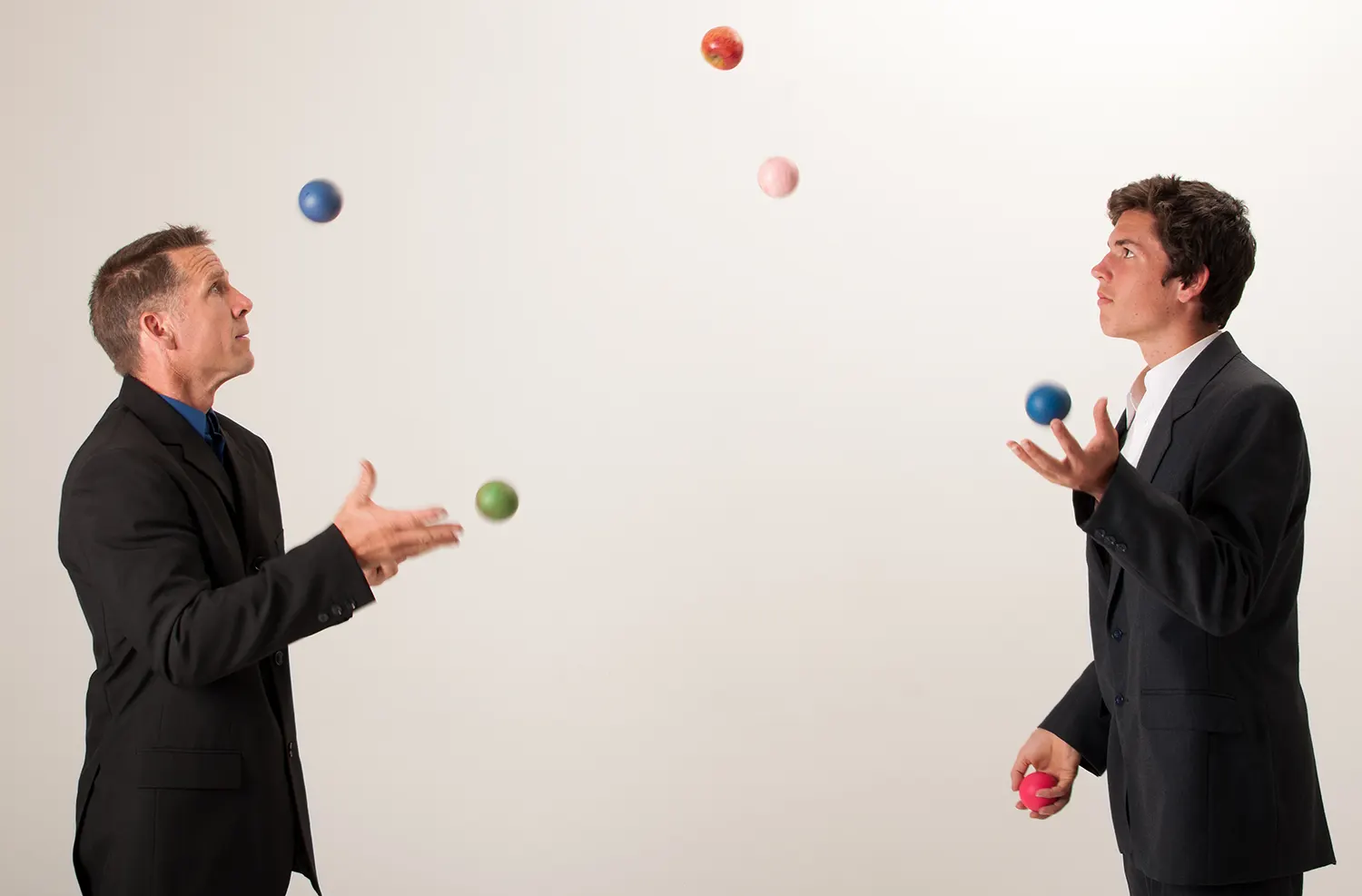Introduction
Every single person has their own interpretation and found meaning while interacting. This construction of meaning during the conversation is comprised of interpersonal system that explains actions and reactions.

Source: Jane McLoughlin/Adobe Stock
The study on the actions and reactions while having a social interaction is called as Coordinated Management of Meaning, a theory developed by W. Barnett Pearce and Vernon Cronen in 1980. They have worked together and have written many books and articles that are centered on the development of communication.
Coordinated Management of Meaning Theory
The CMM is a theory that lays down the process that helps us to socially communicate that makes us create meaning and also manage the social reality. This theory of CMM advocates on articulation of a process on developing prepositions on given situation by the people.
The process happens in an order to present the appropriate action/reaction. And to help the people enriching them with communication patterns is seen important like following the set rules and apply them to resolve/conflict the situations that is entirely different from the views set.
The theorists believe that the co-construct of social realities are shaped as they are created and human beings create an hierarchy to organize the meanings to it that is associated with assumptions. So the organizing of meaning will help the people to determine the output/the throw of the message sent.
There are two major rules in Coordinated Management of Meaning
- Constructive rules: Communicators made an interaction to understand the events or message from others is known as Constructive rules. Here interpretation is helps to understand the meaning of the message.
- Regulative rules: It is more about how communicator reacts for the message and how they respond or behave towards the message they received is known as Regulative rules.
The communication perspective of CMM sees communication as the objects of communication in the social world. This perspective and the models of CMM are understood better in the aspects of performance.
CMM relies on three processes
- Coherence
- Coordination
- Mystery
Coherence:
The basic human nature convey about themselves to the rest of the world through various stories. As humans we construct meanings for everything that is happening around us and the stories helps the people to understand about the communicator.
Our mind develops a meaning and these form the base of the situation the people try to convey. This also helps in understanding and interpreting the world around us.
Coordination:
The actions and words are interlinked together to form patterns and these patterns are comprised of the objects and the social world we live in.
The actions and words from a person creates a situation in our lives and the rules guide through these situations. And thus the events in social worlds are produce by these patterns.
Mystery:
As the term implies, mystery is anything beyond what is made coherent. It explains that not everything in the world can be explained and the world we live in is sometimes a mystery.
Not everything can be put together in a story or could be guided through rules. There can be situations where interactions can lead to surprising outcomes and causes a mystery.
CMM Models
The theorists have formulated the CMM Models that are used casually by the people like “The Daisy model, The Serpentine Model and The Luuutt Model.
The Daisy Model
The theorist say that we never indulge in single conversation, even alone silent conversations can always be witnessed when we are talking.
Calling for attention for multiple conversations in the form of nexus is the Daisy model. In this type the conversation start with the interesting common center and eventually forms as petals. Each petal forms a different conversation.
The Serpentine Model
It is a fact that ever person has their own interpretation to act in ways is to be a part of the social world. And, in this serpentine model, there is an out phase in the sequence while action/reaction and interpretation happens with others.
The communications starts in a wavy line within the social world with one of the participants of the conversation which moves to action that the next person performs forming the conversation which is interpreted with another person forming a crystallized pattern.
This type of model brings in the necessity of thinking about the next act with continues in this serpentine pattern.
The LUUUTT Model
This is a model formalized by the practitioners that calls attention to storytelling. The acronym of LUUUTT is
- Stories Lived
- Unknown stories
- Untold stories
- Unheard stories
- Stories Told
- Storytelling
Related: A Theory about Storytelling Concept
Stories lived are the joint action performed by the group in the conversation.
Stories told are the tales told by the people to make stories live.
Unknown stories are the people who are inefficient to tell and untold stories are the people who choose not to tell even though they are efficient.
The storytelling are the people who tell the stories with content, narrations and with interactions of characters in the story and outside.
Local myths and beliefs are the best examples of storytelling.
Conclusion
The communication is naturally interactive. Misinterpretation and misunderstanding of messages can form communication gap that can create a huge barrier in the interpersonal relationship.
Related: Interaction Theory of Interpersonal Communication.
It proved that CMM theory and its models are used in our daily life which has also proved that with proper use of these models in the suitable situations the communications can be improved and so the reach of the communication.
i have enjoyed the teaching. the story in it is interesting
I would like to study this theory becau se it is very interesting
Very informative. I realize communication and interpersonal skills is very important in our day to day lives.
Theories are superbuh